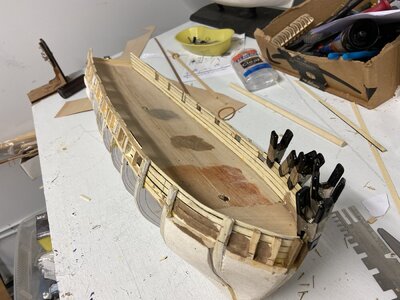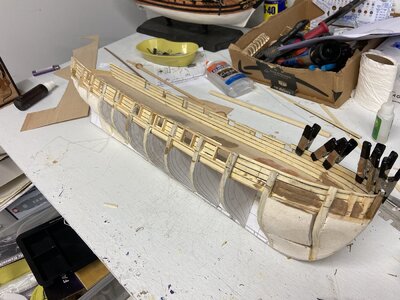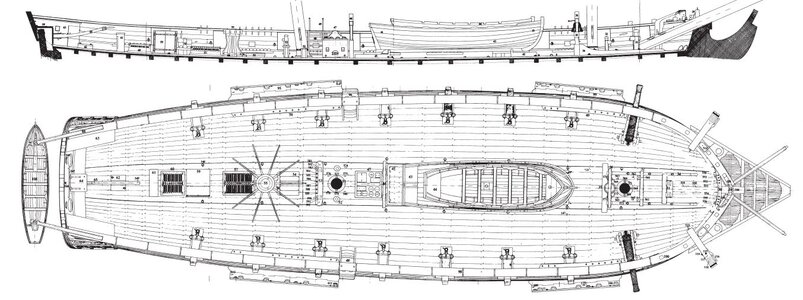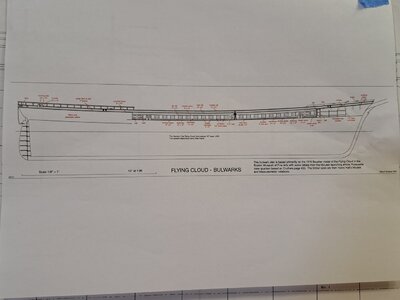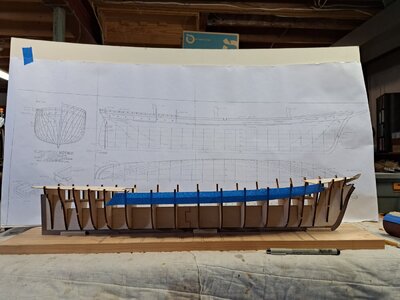Hello everyone, I have posted finished projects before, but have never completed a build log. This will be my first. Plans from Ancre.
So far I have worked on the bulkheads and frame. Used Poplar for internal structure. Deck is going to be in Maple. Unsure what I will use for the hull.
Any suggestions? I will not be painting all of the hull. Will keep it wood stained, black, and metallic accents.
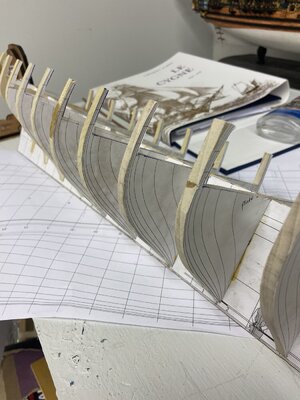
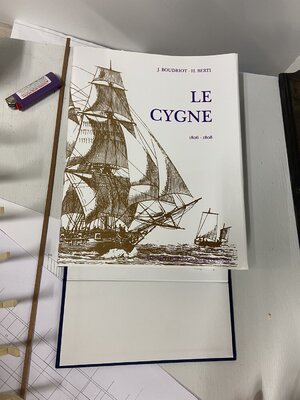
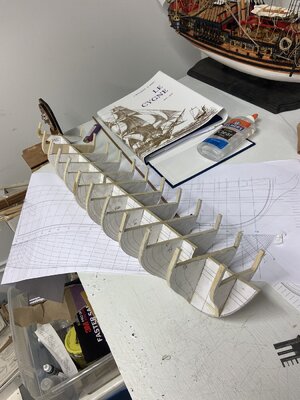
So far I have worked on the bulkheads and frame. Used Poplar for internal structure. Deck is going to be in Maple. Unsure what I will use for the hull.
Any suggestions? I will not be painting all of the hull. Will keep it wood stained, black, and metallic accents.










